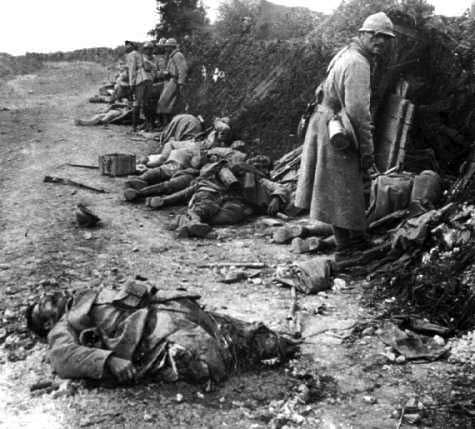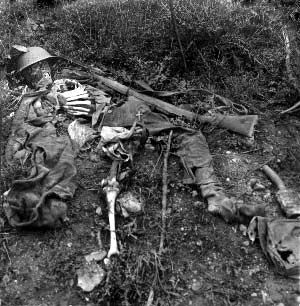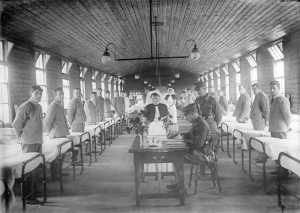WORLD WAR I PICTURES

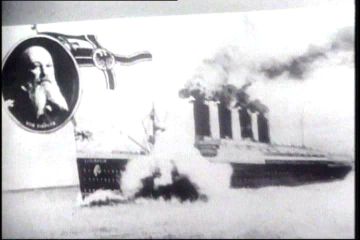

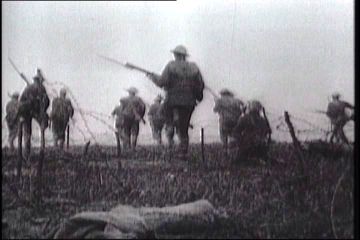





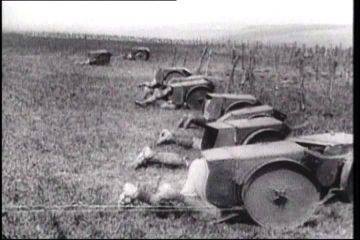
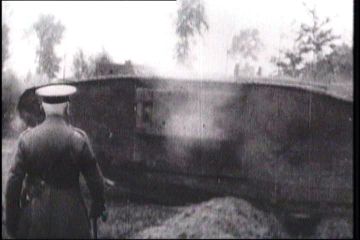
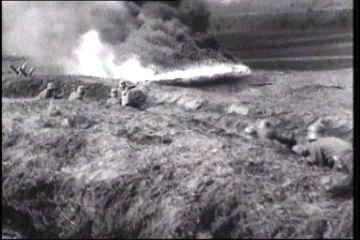
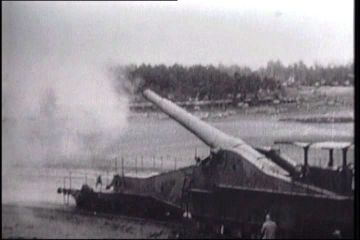
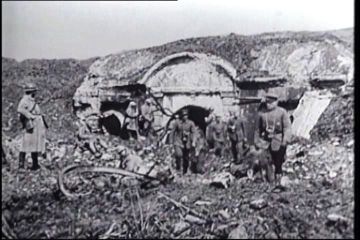

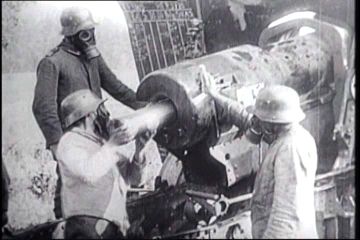



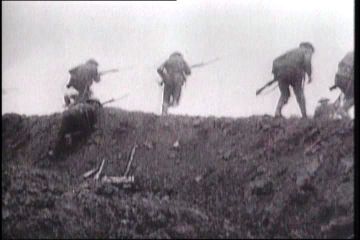
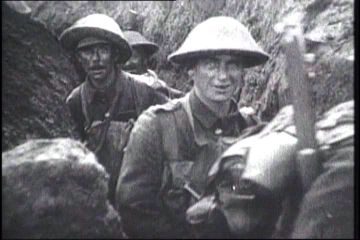

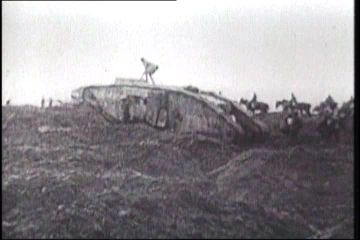
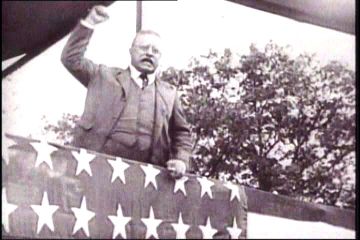
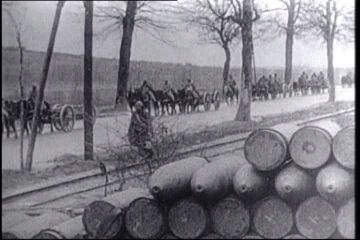

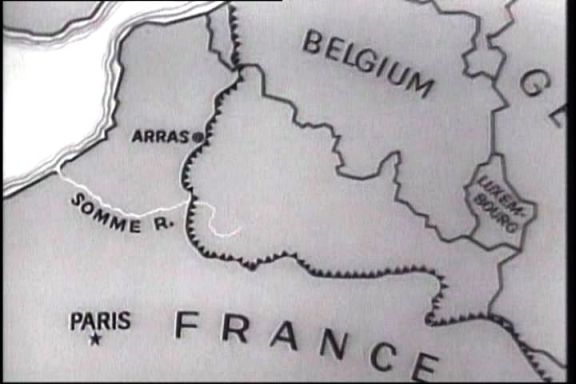

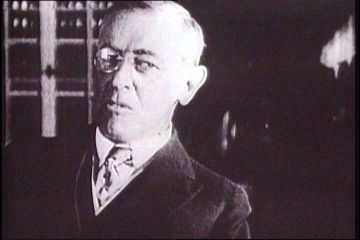
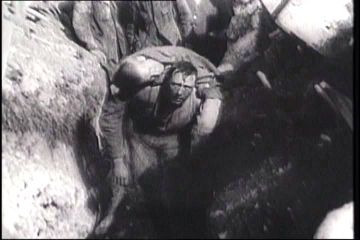
BACK TO THE WORLD WAR I PAGE
Division commander, 84th Division, Maj. General Hale, with division staff and attached French officers, Camp Zachary Taylor, Ky., November 21, 1917.
Panoramic Picture of Louisville, Ky. a few years prior to the outbreak of World War I in 1914.
Camp Zachary Taylor, Louisville Ky. - This was the largest U.S. Army training camp in the country in 1917. It was used to prepare "Doughboys" for service in World War I.
The Property was located in the area that is currently bounded by the Watterson Expressway (I-264) on the South, Poplar Level Rd. on the East, Eastern Parkway on the North, and, Preston Highway on the West.
Students and faculty, training school for Army chaplains and approved chaplain candidates, Camp Zachary Taylor, Louisville, Ky..
In May of 1915, many Americans were outraged at the news that a German U-Boat had sunk the British Passenger Liner Lusitania enroute to Britain from New York. Nearly 1,200 people died
including 128 Americans.
President Woodrow Wilson protested to Germany about the practice of "unrestricted submarine warfare", but he did not want to ask for a declaration of war.
Instead, he sent a warning to Germany demanding that they stop the practice.
Germany celebrated the sinking of the Lusitania. They considered passenger ships to be legitimate targets in a time of war, especially since they suspected that Britain was using passenger ships to secretly transport munitions from the United States.
At right is a picture of a commemorative poster printed to hail the achievement. The man in the picture is Germany's Admiral von Tirpiz.
Former president Theodore Roosevelt favored immediate war with Germany & often spoke to crowds trying to stir up American hostility toward Germany and sympathy for the Allied cause.
Wilson however decided to settle for a program of military buildup he called "Preparedness".
Some Americans were so outraged over the sinking of the Lusitania that they sought out people with German-sounding names and often destroyed their homes & businesses.
World War I saw the introduction of a number of new weapons and strange devices in an effort to break the deadlock on the Western Front. Some were useful, but others were rather bizzare. Such is the case of the mobile shield pictured at right. While it might protect you against small arms fire, it was useless against artillery. Notice the line attached to the shield of the soldier in the foreground. That was used to pull the shield back to the trench after the soldier is killed trying to cross No-Man's-Land.
Speaking of ridiculous inventions!!
The soldier wearing this "body armor" can't even see the enemy and his arms and legs are completely unprotected.
I wonder if this was the inspiration for Monty Python's "Black Knight" in "Monty Python and the Holy Grail".
Poison Gas was first used by the Germans in World War I. The French were the first to introduce gas into the war, but the gas they used was tear gas which is irritating but not poisonous. Germany first used Chlorine gas in 1915. Later they introduced Phosgene gas and Mustard Gas.
Unfortunately, gas was a hazzard for both attacker and defender alike. Gas, being heavier than air often settled in shell holes in No-Man's-Land. Any soldier who jumps into a shell hole for cover is liable to jump into a low-lying cloud of poison gas.
The flame-thrower was another frightening new weapon used in World War I, but it wasn't a "game-breaker" because it quickly used up it's fuel. The flame-thrower was first used in the battle of Verdun.
World War I was the first war that utilized very large caliber, long-range artillery. Guns such as the one pictured on the right were mounted on railroad cars and could fire a 1-Ton shell for miles.
This kind of heavy artillery made forts such as those that guarded Verdun practically obsolete.
1915 was a year of stalemate on the western front because all countries involved lacked the large stockpiles of artillery shells that would be needed to force a breakthrough against strong defences.
Therefore, Britain and France made plans for a massive breakthrough offensive centered around the river Somme that would have to wait until spring of 1916.
But Germany had plans of its own, and their big 1916 offensive would be aimed further south in a bulge in the line near the French city of Verdun - and their initial attacks were planned to begin in February, not in the spring. This way they hoped to surprise the French.
Verdun
MAP OF THE WESTERN FRONT SHOWING THE VERDUN SALIENT.
See the Courier-Journal article above for more information about Camp Zachary Taylor.
A French fort at Verdun before the battle
After the battle of Verdun
French troops and artillery shells were shipped to Verdun by way of the only approach road still open. It came to be known as "The Sacred Route"
Mountains of spent shell casings accumulate as the battle of Verdun goes on for 10 agonizing months. The longest battle of the war.
MAP OF THE WESTERN FRONT SHOWING THE LINES ALONG EITHER SIDE OF THE SOMME RIVER.
General Sir Douglas Haig (center with walking stick) the British commander and chief architect of the battle of the Somme. He planned a joint attack with the British north of the river and French forces south of the river.
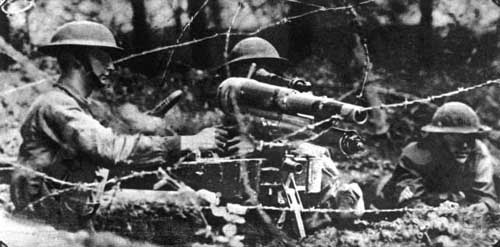
Americans, Sergeant Charles Quick, Corporal Mark Young and Private Albert Lull, 126th Infantry, manning a 37 mm gun at Diefmaten in the Alsace. Picture made on July 25, 1918.
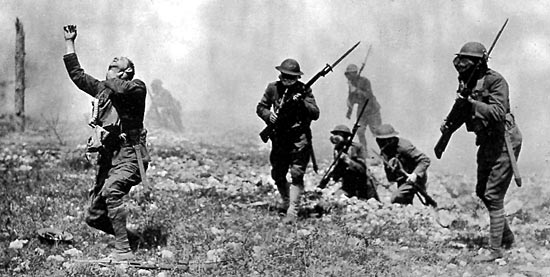
I found this picture on an Internet site and the caption read, "American soldier dies during a German gas attack. Picture made in May, 1918."
However, I have also seen sources that say that this picture was a "staged" photo to be used as propaganda in America.
I have not yet determined which report is the truth, but it is an interesting picture, and was widely distributed. If anyone knows a good source of information about this picture, please leave a message on my "Guestbook" located at the bottom of the main page.
